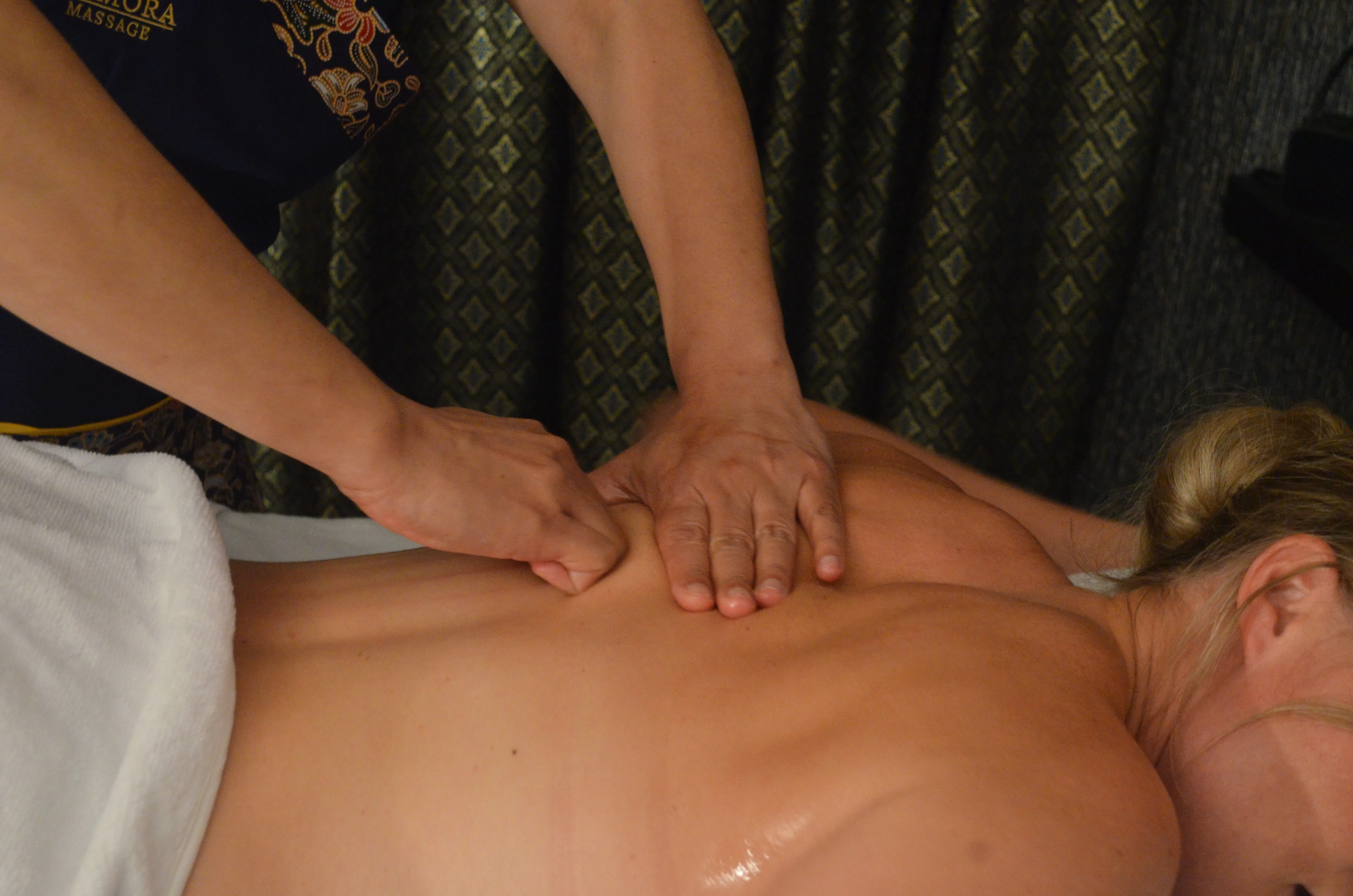Deep Tissue Massage: A Comprehensive Guide
Deep tissue massage is a widely recognized form of massage therapy that targets deeper muscle layers and the surrounding fascia (connective tissue). This technique is particularly beneficial for those suffering from chronic pain, persistent aches, or areas with tension, such as the neck, upper back, lower back, and shoulders.

What to Expect During a Deep Tissue Massage
Deep tissue massage employs specific techniques designed to break down scar tissue and alleviate muscle knots, also known as adhesions. These adhesions, which are painful and rigid bands of tissue, can obstruct blood flow, leading to discomfort, reduced mobility, and inflammation.
While some movements may resemble those used in Swedish massage, deep tissue massage is distinct and should not be confused as a mere intensified version of Swedish techniques.
Typically, the session begins with lighter pressure to warm up and prepare the muscles. Then, the therapist gradually applies more focused techniques, such as:
- Stripping: Involves deep, gliding pressure along the length of the muscle fibers, utilizing the therapist’s elbows, forearms, knuckles, or thumbs.
- Friction: Entails applying pressure across the grain of the muscle to release adhesions and help realign tissue fibers.
During the massage, therapists might use their fingertips, knuckles, hands, elbows, and forearms to target tense areas effectively. Clients may be asked to breathe deeply to assist in the process.
Post-massage, it’s common to experience some soreness or stiffness, which typically subsides within a day or two. If you experience pain or have any concerns after the session, it’s advisable to consult your massage therapist.
Benefits of Deep Tissue Massage Therapy
Deep tissue massage is often used to address specific issues, including chronic muscle pain, injury recovery, and the following conditions:
- Lower back pain
- Limited range of motion
- Sciatica
- Muscle tension in areas like the hamstrings, glutes, IT band, legs, quadriceps, rhomboids, and upper back
- Neck and upper back pain
- Rehabilitation from injuries
- Repetitive strain injuries
- Postural issues
- Osteoarthritis-related pain
- Fibromyalgia symptoms